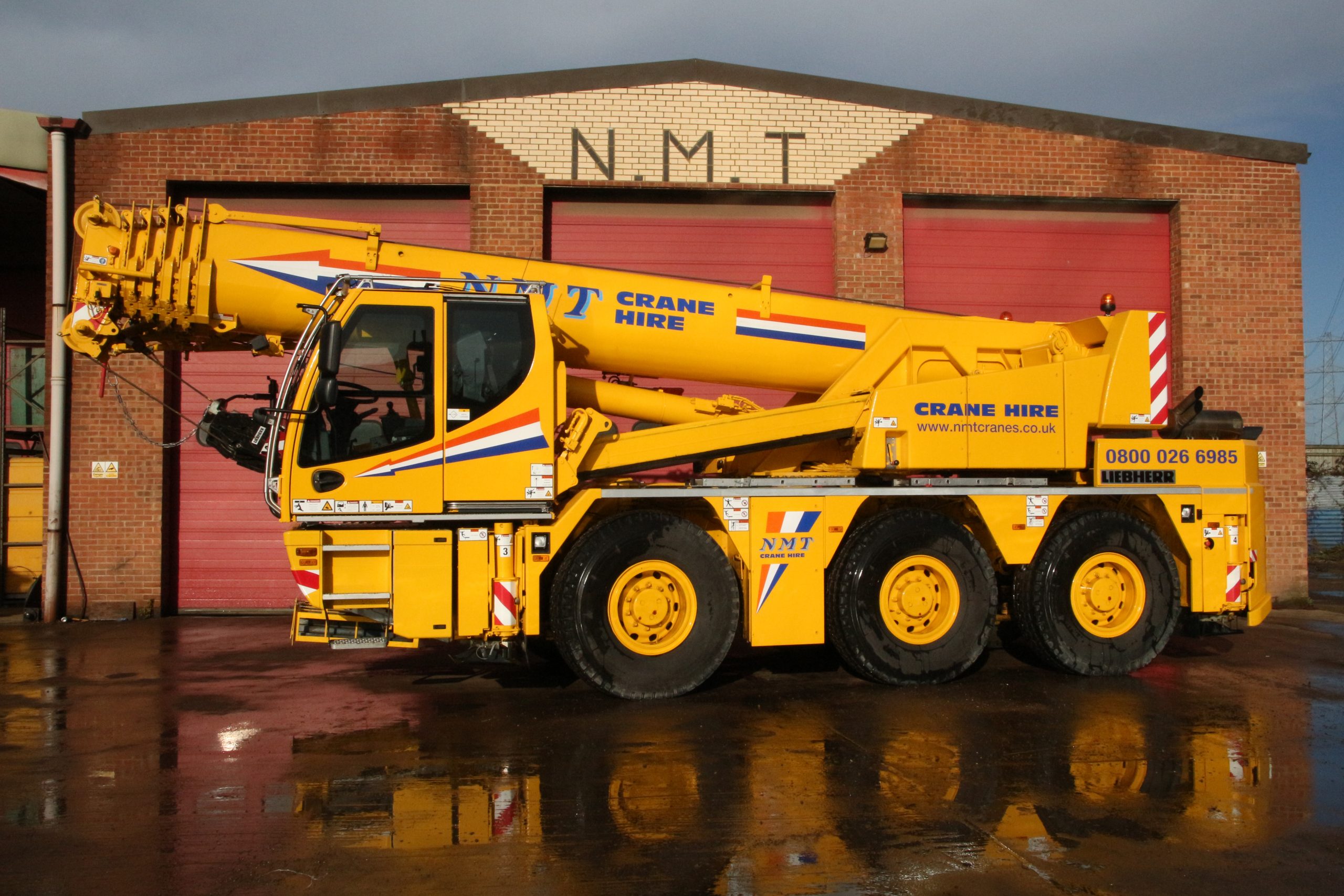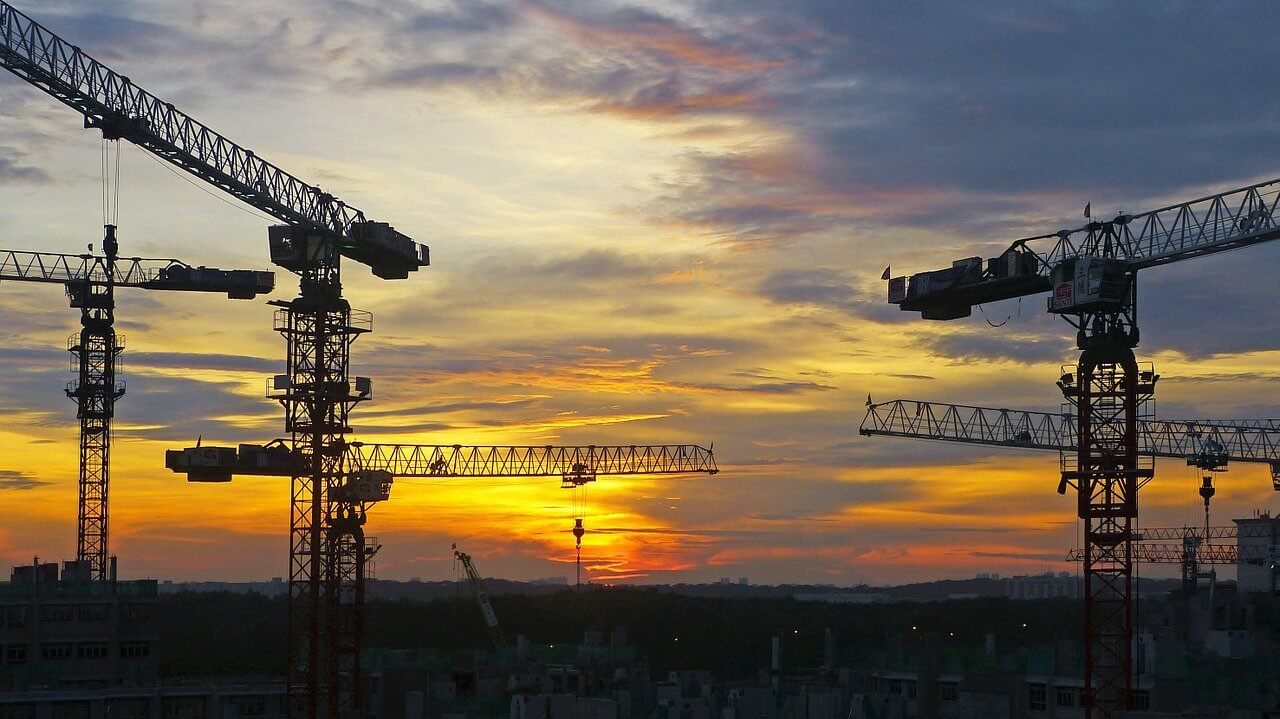5 Tips for Crane Hand and Voice Signals
With the introduction of new construction crane standards and certifications, there are some key tips that people sitting these tests need to remember when taking the signal person test.
1. Understand crane operations and limitations
When a signaller understands what crane operations, limitations and results may occur when certain signals are given to direct a crane operator, then they can use this information to carry out tasks and direction more effectively. For example, if a crane is about to be put into an overload condition then a signal person needs to signal the gain or loss of capacity to the crane operator quickly and clearly.
2. Special assignments as a signal person
As a signal person, it is important to understand each of the different signals and what they mean. For example, the ‘blind pick’ relay signal is assigned to lifts being made in a prohibited zone, or during lifting activity that uses a suspended personnel platform.
3. Present the hand signals correctly
When signalling the movements must be standardised and performed clearly so that they are easily understood. This is key so there is no room for misinterpretation. No allowance should be made for lazy hand signals.
4. Give voice signals in the correct format
When carrying out signals there is a set format that must be followed: function and direction; distance or speed; function and stop.
5. Understand what to do when there’s a failure in the communication process
All signals are continuous, whether that be via hand or voice, therefore this means that when an unplanned event occurs to the signal person they should give a ‘stop’ or ‘emergency stop’ signal. This allowed for the event to be sorted and the load moved on without causing an incident. There may be times when the operator cannot see or hear the signals, suspecting an unplanned loss of contact has occurred. At this point, they should stop moving the crane and load until they regain communication and the situation rectified. It is integral that a signal person also knows what to do during an unplanned event.
Contact
If you would like any more information on crane safety, or you would be interested in learning more about the services NMT Crane Hire provides, please get in touch with one of our friendly team members by calling us on 0800 026 6985, or fill out one of our online enquiry forms.






